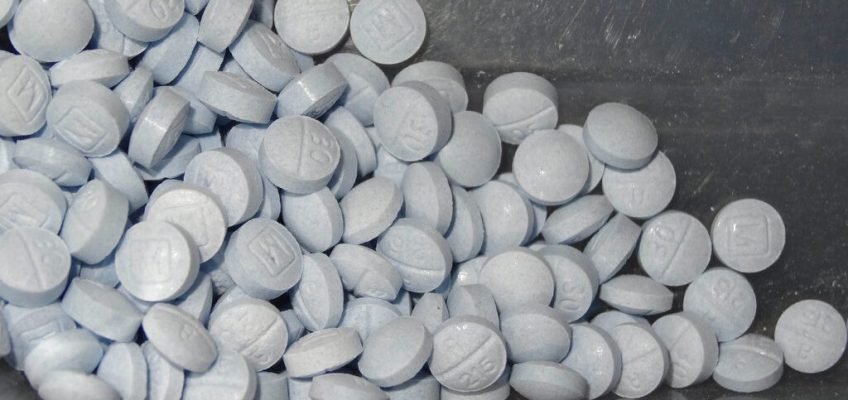By KATHY McCORMACK, Associated Press
A federal judge in Vermont who is considering whether he has jurisdiction over the case of a Turkish Tufts University student detained by immigration officials in Louisiana raised the possibility Monday of having her brought back to his court for a hearing.
Related Articles
Harvard rejects Trump admin’s demands, as feds threaten to cut billions of dollars
Confusion reigns after Trump exempts electronics from new tariff regime. Here’s what we know
These abortion abolitionists want women who get abortion to face criminal charges
Fire set at Pennsylvania Gov. Josh Shapiro’s home is the latest in a string of political violence
Trump considers pausing his auto tariffs as the world economy endures whiplash
U.S. District Judge William Sessions took under advisement arguments over Rumeysa Ozturk, 30, a doctoral student taken by immigration officials as she walked along a street in the Boston suburb of Somerville on March 25. After being taken to New Hampshire and then Vermont, she was put on a plane the next day and moved to an Immigration and Customs Enforcement detention center in Basile, Louisiana.
Ozturk’s lawyers are challenging the legal authority for ICE’s detention. They are asking that she be immediately released from custody, or in the alternative, be returned to Vermont for further proceedings.
A lawyer for the Justice Department said her case should be dismissed, saying the immigration court has jurisdiction. But Ozturk’s lawyers, who initially didn’t know where she was for hours and first petitioned for her release in Massachusetts, argued for her to be released from detention while her immigration case continues.
Lawyers for Ozturk in the immigration proceeding asked Monday that she be released on bond, her legal team in Vermont said.
Sessions brought up the idea of a hearing in his court in May if he were to assume jurisdiction over her petition.
“Why not do that at the same time that the removal proceedings continue on?” he said.
Lawyers on both sides said they would need to consult further to provide details on the amount of time needed for such a hearing.
Ozturk is among several people with ties to American universities whose visas were revoked or have been stopped from entering the U.S. after they were accused of attending demonstrations or publicly expressed support for Palestinians. On Friday, a Louisiana immigration judge ruled that the U.S. can deport Columbia University graduate student Mahmoud Khalil based on the federal government’s argument that he poses a national security risk.
Ozturk was one of four students who wrote an op-ed in the campus newspaper, The Tufts Daily, last year criticizing the university’s response to student activists demanding that Tufts “acknowledge the Palestinian genocide,” disclose its investments and divest from companies with ties to Israel.
Ozturk’s lawyers say her detention violates her constitutional rights, including free speech and due process.
“Ultimately, unfortunately, the heart of what’s happening is that she is stuck in detention for an op-ed,” her immigration attorney, Mahsa Khanbabai, said outside the federal building in Burlington after Monday’s hearing.
A Department of Homeland Security spokesperson said last month, without providing evidence, that investigations found that Ozturk engaged in activities in support of Hamas, a U.S.-designated terrorist group.
A State Department memorandum showed that Ozturk’s student visa was revoked on March 21 following an assessment that she had been involved in associations “‘that may undermine U.S. foreign policy by creating a hostile environment for Jewish students and indicating support for a designated terrorist organization’ including co-authoring an op-ed that found common cause with an organization that was later temporarily banned from campus.”
The Washington Post reported Sunday that another memorandum, written by an office within the State Department before Ozturk was detained, determined that there was no evidence showing that she took part in antisemitic activities or made public statements supporting a terrorist organization.
Ozturk’s lawyers said Monday that the memorandum has not been supplied to them.
A message seeking comment from the department on the report was emailed Monday afternoon.




